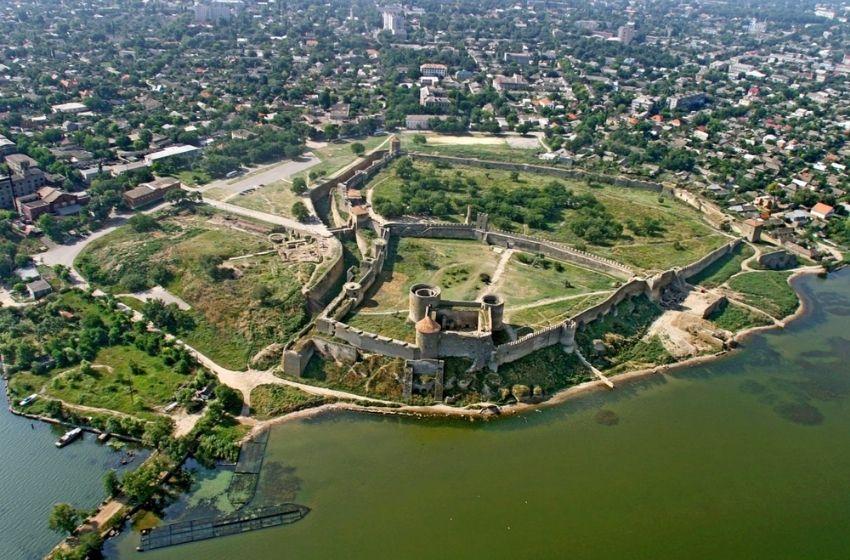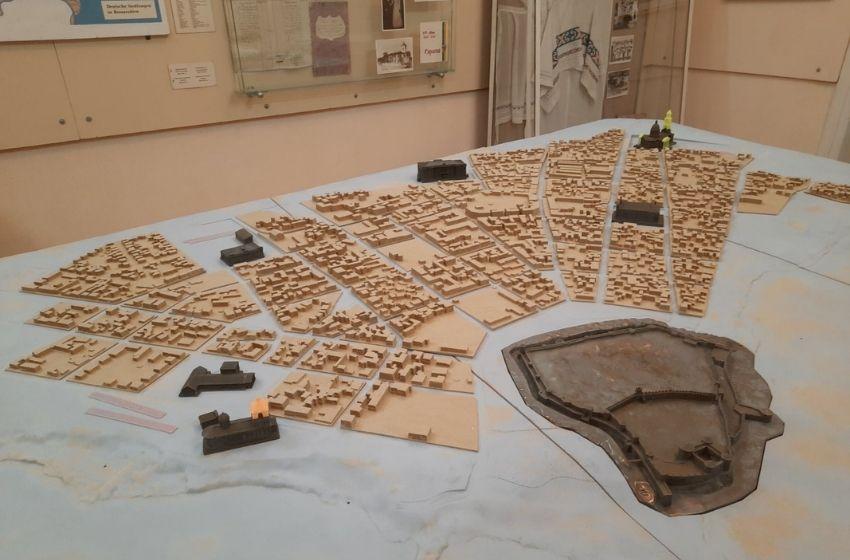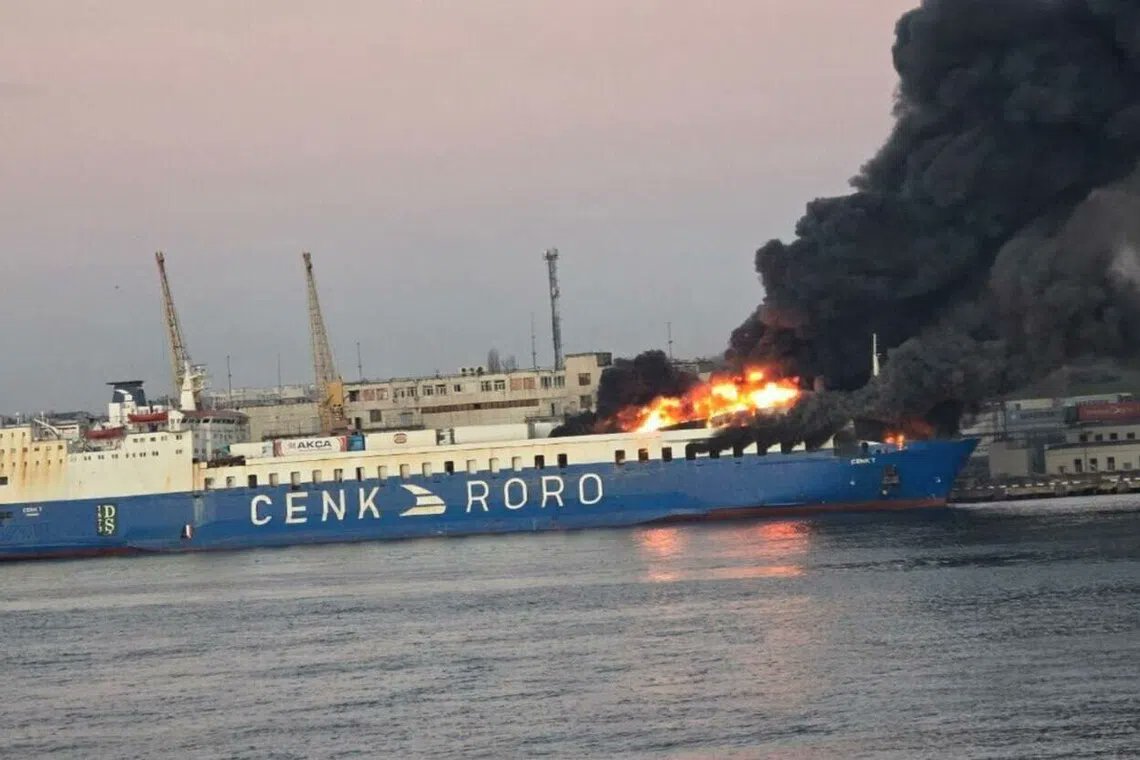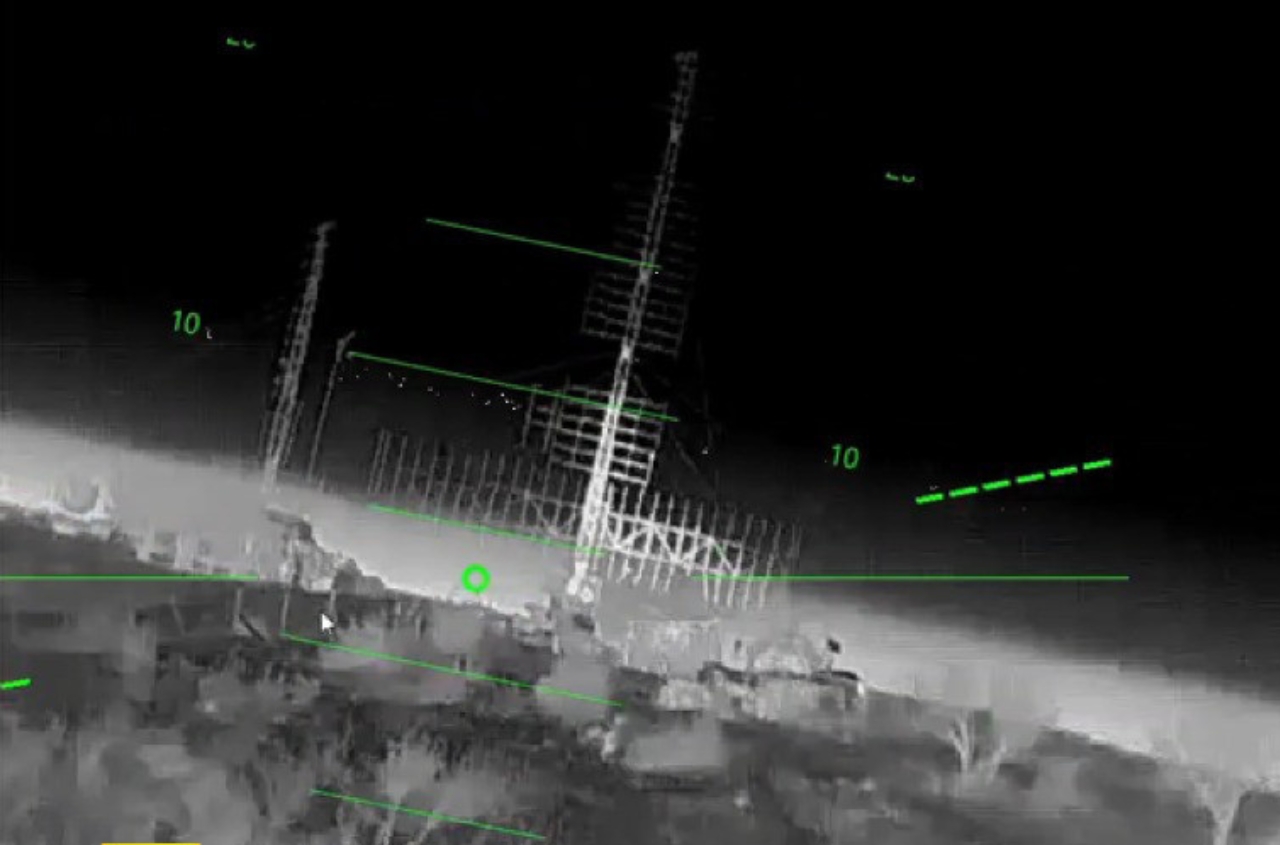The Akkerman fortress on the Dnester river, in Odessa region, is one of the most well preserved castles of the Middle Ages. Its history started in ancient Greek times, went through Roman Empire, Moldavian kingdoms, Genoese domination, Ottoman Turks, until Russian Empire.
The Odessa region is traditionally associated with the Black Sea resorts and vineyards. Odessa city with its outstanding architecture, mainly of the 19th century. Actually, in Belgorod-Dnestrovsky, in the old Bessarabia, there is an impressive castle from the Middle Ages: the Akkerman fortress, built in the XIII century by the Moldavian Prince Stefan III on the remains of the Greek city of Tyras, founded by seafarers from Miletus (IV century b.C.). It is one of the oldest fortresses in Europe and Middle East.
The Genoese took the control of Tyras, in the XIV century, as they did with all Black Sea, which was considered a "Genoese Sea", those times. Before them, the city was called by the Romans "Album Castrum" (White Castle), by the Venetians "Maurocastro" (from the Bizantine "Maurokastron": Black Castle). Its present name "Akkerman" (white rock) is the turkish one.

The Akkerman fortress is a special one, compared to other castles in Europe. The area of ​​the Akkerman Fortress is 9 hectares. And according to this indicator, it surpasses most of its peers:
- 2.5 times more than the Edinburgh castle-fortress (Scotland).
- About twice: the citadel of Aleppo (Syria), Himeji castle (Japan), Buda fortress (Hungary) and Spishsky Castle ( Slovakia).
- about one and a half times: the Hohensalzburg Fortress (Austria), Windsor Castle (England) and Prague Castle (Czech Republic).
- Fort Mehgrangarh (India) is behind Akkerman fortress by 1 hectare.
Only the largest preserved medieval fortress in Europe, Malbork Castle (Poland), is larger than the beauty of Belgorod-Dnestrovsky.
The size of the territory of the Akkerman fortress is really impressive, because it is as much as 14 hectares. The site is quite well preserved: 24 of 34 fortified towers still rise on the rocky bank of the Dniester estuary. The reasons of such preservation can be found in its history.
After the foundation of the fortress in the XIII century by the Moldavian prince, the Genoese continued its construction in the XIV-XV centuries. Then, for 328 years, the fortress was completed and expanded by the Turks. In 1812, the South of Bessarabia, together with Akkerman, passed to the Russian Empire, but in 1836 the fortress lost its strategic importance. That is, until the beginning of the second third of the 19th century, it operated and was maintained in proper condition.
Since the 70s of the XX century, the Belgorod-Dnestrovsky pearl began to be used by filmmakers. About 30 films have been filmed in the fortress, the most famous of which is "Musketeers 20 Years Later".

Currently, the fortress hosts various festivals and fancy-dress celebrations, where someone can feel like being in the Middle Ages: not just in an ancient fortress, but also among people dressed in the spirit of that time. Fans can visit the "Instruments of Torture" exhibition. There is also a citadel of craftsmen on the territory of the fortress, where you can buy a souvenir. Archery, get photo shoots in themed costumes and dinner in a "medieval cafe" to complete the experience.
It is recommended to visit the Akkerman fortress at the sunset. The luminary sits on the calm waters of the Dniester estuary. Many centuries ago soldiers standing on these defensive walls contemplated the same amazing view.






















